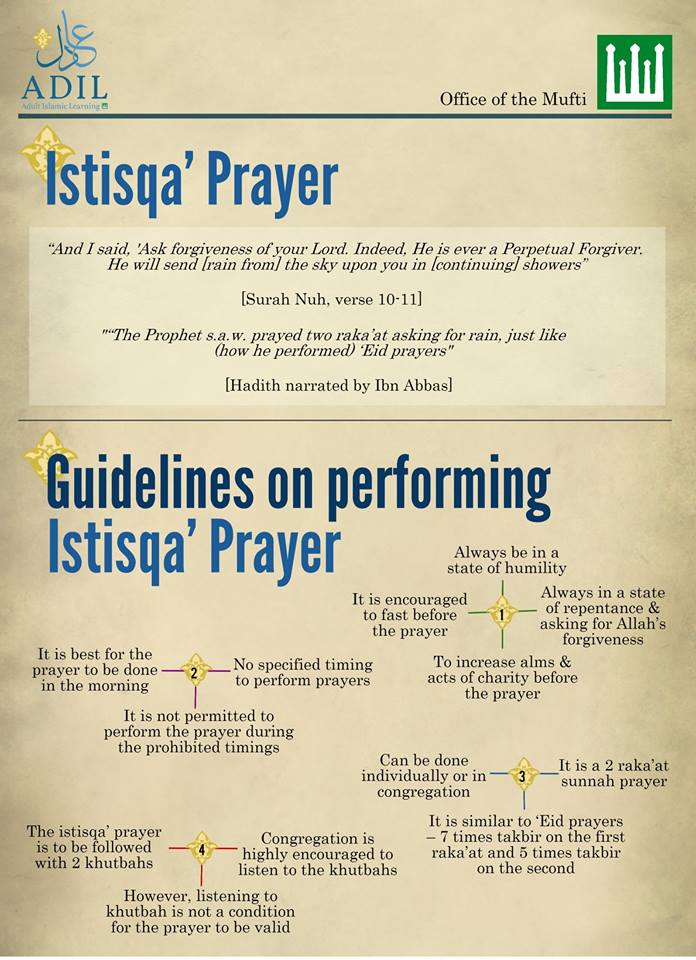Found this at Ustaz Hanif’s Multiply.
The New York Times
April 23, 2009
In Singapore, a More Progressive Islamic Education
By NORIMITSU ONISHI
SINGAPORE — After starting the day with prayers and songs in honor of the Prophet Muhammad’s birthday, the students at the Madrasa Al Irsyad Al Islamiah here in Singapore turned to the secular. An all-girls chemistry class grappled with compounds and acids while other students focused on English, math and other subjects from the national curriculum.
Teachers exhorted their students to ask questions. Some, true to the school’s embrace of new technology, gauged their students’ comprehension with individual polling devices.
“It’s like ‘American Idol,’ ” said Razak Mohamed Lazim, the head of Al Irsyad, which means “rightly guided.”
A reference to the reality television program in relation to an Islamic school may come as a surprise. But Singapore’s Muslim leaders see Al Irsyad, with its strict balance between religious and secular studies, as the future of Islamic education, not only in this city-state but elsewhere in Southeast Asia.
Two madrasas in Indonesia have already adopted Al Irsyad’s curriculum and management, attracted to what they say is a progressive model of Islamic education in tune with the modern world. For them, Al Irsyad is the counterpoint to many traditional madrasas that emphasize religious studies at the expense of everything else. Instead of preaching radicalism, the school’s in-house textbooks praise globalization and international organizations like the United Nations.
Leaders in Islamic education here rue the fact that, in much of the West, madrasas everywhere have been broad-brushed as militant hotbeds where students spend days learning the Koran by rote. Still, they were relieved that not one terrorism suspect in the region in recent years was a product of Singapore’s madrasas, though some suspects were linked to madrasas in Indonesia and other Southeast Asian countries. That association deepened a long-running debate over the nature of Islamic education.
“The Muslim world in general is struggling with its Islamic education,” Mr. Razak said, explaining that Islamic schools had failed to adapt to the modern world. “In many cases, it’s also the challenge the Muslim world is facing. We are not addressing the needs of Islam as a faith that has to be alive, interacting with other communities and other religions.”
In Indonesia, most Islamic schools still pay little attention to secular subjects, believing that religious studies are enough, said Indri Rini Andriani, a former computer programmer who is the principal of Al Irsyad Satya Islamic School, one of the Indonesian schools that model themselves on the school here.
“They feel that conventional education is best for the children, while some of us feel that we have to adjust with advances in technology and what’s going on in the world,” Ms. Indri said.
Here, the Islamic Religious Council of Singapore, a statutory board that advises the government on Muslim affairs, gave Al Irsyad a central spot in its new Islamic center. Long the top academic performer among the country’s six madrasas, Al Irsyad was chosen to be in the center as “a showcase,” said Mr. Razak, who is also an official at the religious council.
The school’s 900 primary- and secondary-level students follow the national curriculum of the country’s public schools while also taking religious instruction. To accommodate both, the school day is three hours longer than at the mainstream schools.
Mohamed Muneer, 32, a chemistry teacher, said most of his former students had gone on to junior colleges or polytechnic schools, while some top students attended the National University of Singapore. “Many became administrators, some are teaching and some joined the civil service,” he said.
At the cafeteria, Ishak Bin Johari, a 17-year-old who wants to become a newspaper reporter, said the balance between the secular and religious would help the school’s graduates “lead normal Singaporean lives compared to other madrasa students.”
That balance resulted, like many things in this country, from pressure by the government. Singapore’s madrasas — historically the schools for ethnic Malays who make up about 14 percent of the country’s population — experienced a surge in popularity in the 1990s along with a renewed interest in Islam.
But that surge, coupled with the madrasas’ poor record in nonreligious subjects, high dropout rates and graduation of young people with few marketable job skills, worried the government. It responded by making primary education at public schools compulsory in 2003, allowing exceptions like the madrasas, provided they met basic standards by 2010. If they fail, they will have to stop educating primary school children.
“That forced the madrasas to shift their curriculum away from being purely religious schools,” said Mukhlis Abu Bakar, an expert on madrasas at the National Institute of Education, a teachers college.
Last year, the first time all six madrasas were required to sit for national exams at the primary level, two failed to meet the minimal standards, though they still had two more years to pass.
Al Irsyad, which was the first to alter its curriculum, outperformed the other madrasas. But neither it nor the others made any of the lists of best performing schools or students compiled by the Education Ministry in Singapore.
Mr. Mukhlis, who also was a member of Al Irsyad’s management committee in the 1990s, said the madrasas still had a long way to go to catch up with mainstream schools. While Singapore’s teachers are among the most highly paid civil servants, the madrasas have had trouble attracting qualified teachers because they rely only on tuition and donations to operate, he said.
“I think Al Irsyad has not achieved a level where I would say it is a model for Islamic education,” he said, “but somehow the system it has in place could become one.”
Still, it began drawing students who would not have attended a madrasa otherwise. Noridah Mahad, 44, said she had wanted to send her two older children to madrasas but worried about the quality of education. With Al Irsyad’s adoption of the national curriculum, she felt no qualms in sending her third child. “Here they teach many things other than Islam,” she said. “So Muslim students will have two understandings: the Muslim and the outside world.”
Al Irsyad said it was in talks to export its model to madrasahs in the Philippines and Thailand. In Indonesia, Dahlan Iskan, the chairman of Jawa Pos Group, one of the country’s biggest media companies, opened a school modeled on Singapore’s. And a conglomerate, the Lyman Group, backed Al Irsyad Satya.
Poedji Koentarso, a retired diplomat, led the search for Lyman, visiting madrasas all over Indonesia, Malaysia and Singapore.
“We shopped around,” he said. “It was a difficult search in the sense that often the schools were very religious, too religious.”
Origina source:
http://www.nytimes.com/2009/04/23/world/asia/23singapore.html
————————————————————————————
Its wonderful to hear such stories. So we are here to share it with you too. Their glory is our glory too..









[…] In Singapore, a More Progressive Islamic Education (The New York … […]